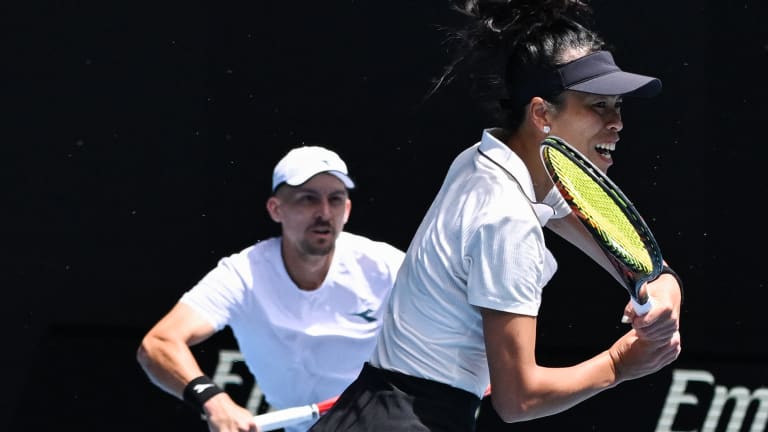Usually how goes it in professional doubles is that the better team wins in a reasonably linear way. While classic serve-and-volley doubles is far less common in contemporary tennis, straightforward execution remains prevalent, be it with the everlasting presence of the crunching volley and, in recent decades, the ascent of exceptionally powerful groundstrokes.
Then there’s Hsieh Su-Wei.
“I like to use the freedom on court,” Hsieh said after she and Barbora Strycova won Wimbledon in 2023. “I'm, like, freestyle player. I set my plan very clear, clean. I do it. I enjoy. All the different plan, I try to work out plan to where I go, where they go. Really works well.”

